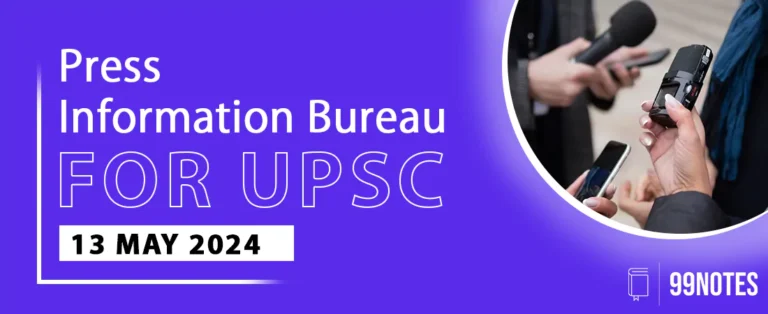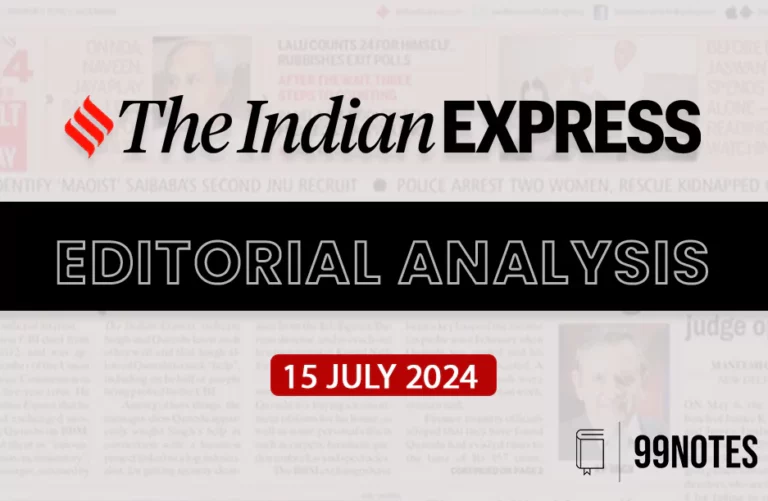27 November 2024 : The Hindu Editorial Analysis
1. From a republic to a republic of unequals
(Source – The Hindu, International Edition – Page No. – 8)
| Topic: GS2 – Indian Polity |
| Context |
|
Intellectual Foundation of the Constitution
- The Constitution, adopted 75 years ago, reflects debates among leaders with diverse ideologies, focusing on building a political identity accommodating cultural and social diversity.
- While adopting liberalism, which values individual freedom, the framers emphasized state intervention to reduce social and economic inequalities.
Affirmative Action and Egalitarian Outlook
- The Constitution aims to create an egalitarian society by addressing inequality through affirmative action and reservation policies.
- Inspired by John Rawls’ principles of egalitarian liberalism, the Constitution incorporates:
- Equal basic liberties and opportunities.
- The difference principle to reduce inequality without mandating absolute equality.
- Directive Principles of State Policy (DPSP) under Article 38(2) and Article 39(c) focus on minimizing income inequalities and preventing wealth concentration.
Judicial Support for Egalitarianism
- Landmark judgments have upheld the Constitution’s egalitarian ideals:
- D.S. Nakara & Others vs Union of India (1982): Emphasized the welfare state’s role in ensuring a decent life and social security.
- Samatha vs State of Andhra Pradesh (1997): Interpreted socialism as reducing income inequalities and providing equal opportunities.
- Justice V.R. Krishna Iyer linked community resource distribution with reducing inequality in State of Karnataka vs Ranganatha Reddy (1977).
Impact of Neoliberal Reforms
- Post-1990s economic reforms prioritized private capital and reduced welfare interventions.
- Inequality surged, with the top 1% holding 22.6% of income and 40.1% of wealth by 2022-23, surpassing pre-Independence levels.
- The State of Inequality in India Report (2022) revealed that the top 10% earn over ₹25,000/month, while the rest earn less, showcasing stark income disparities.
Intersection of Social and Economic Inequality
- World Inequality Lab (2024) highlighted overlapping inequalities:
- 90% of billionaire wealth is owned by upper castes.
- Scheduled Tribes lack representation, while Scheduled Castes and OBCs hold 2.6% and 10%, respectively.
- OBC wealth share declined from 20% to 10% (2014-2022), while upper caste share rose from 80% to 90%.
- Oxfam International noted the rise in billionaires from 9 (2000) to 119 (2023) and extreme income disparities.
Conclusion: Revisiting Constitutional Ideals
- The constitutional vision of reducing inequality and creating an egalitarian society is at odds with the neoliberal framework.
- Increasing inequality threatens political democracy, reaffirming Babasaheb Ambedkar’s warning that inequality imperils democratic values.
- Constitution Day serves as a reminder to reassess policies and align them with the ideals of social and economic justice.
| PYQ: COVID-19 pandemic accelerated class inequalities and poverty in India. Comment. (150 words/10m) (UPSC CSE (M) GS-1 2020) |
| Practice Question: Examine how neoliberal economic reforms have influenced the constitutional vision of reducing socio-economic inequalities in India. Discuss the implications of the overlap between economic and social inequalities. (250 Words /15 marks) |
2. Between hope and hurdles on the high seas
(Source – The Hindu, International Edition – Page No. – 8)
| Context |
|
Introduction to the High Seas Treaty
- The Biodiversity Beyond National Jurisdiction (BBNJ) Agreement, also known as the High Seas Treaty, aims to enhance ocean governance by protecting marine ecosystems and ensuring the sustainable use of resources in areas beyond national jurisdiction.
- As the third implementing agreement under the UNCLOS framework, it builds upon previous accords on deep-sea mining and fisheries management.
- The treaty’s objectives include:
- Conserving marine biodiversity.
- Equitably sharing benefits from marine genetic resources.
- Mandating environmental impact assessments (EIAs) for activities that may harm the high seas.
Challenges to Implementation
- Lack of Ratification:
- Only 14 of 104 signatories have ratified the treaty; 60 ratifications are needed for it to come into force.
- Geopolitical and Regional Hesitations:
- Disputes over maritime territories, such as in the South China Sea, complicate consensus on Marine Protected Areas (MPAs).
- Nations in Southeast Asia and the Bay of Bengal fear MPAs may affect livelihoods and resource access.
- Contentious Provisions:
- Marine genetic resources are a divisive issue; wealthier nations may exploit loopholes in accountability.
- Critics argue that prioritizing the “high-seas principle” over the “common heritage of mankind” could undermine equitable access and conservation efforts.
Structural and Practical Weaknesses
- Fragmentation of Governance:
- Potential overlaps with existing regimes, such as the Convention on Biological Diversity, could disadvantage smaller states.
- Capacity-Building Challenges:
- Low and middle-income countries face difficulties in equitable partnerships for technology and ocean science.
- Oversight Gaps:
- The treaty’s exclusion of certain activities like oil and gas exploration, and its limited scope for international review of EIAs, weakens its enforcement mechanisms.
- Interconnectedness of Marine Ecosystems:
- Localized incidents, such as the 2021 X-Press Pearl disaster, highlight the need for integrated governance linking high-seas and EEZ regulations.
Path to Success
- Integrating Coastal and High-Seas Governance:
- A cohesive framework that aligns coastal state regulations with international norms is essential.
- Incentives for Global South States:
- Financial and technical support from wealthier nations can encourage participation and equitable benefits.
- Global Commitment:
- Political consensus, enforceable mechanisms, and actionable strategies are crucial to transform the treaty into an effective instrument for ocean conservation.
Conclusion
- While the BBNJ Agreement aspires to reshape global ocean governance, its structural and enforcement gaps threaten its success. Without significant reforms and collective commitment, the treaty risks becoming an ineffective tool — a failure the oceans cannot afford.
| Practice Question: Discuss the significance of the High Seas Treaty in addressing global ocean governance challenges. Highlight the structural and geopolitical obstacles it faces and suggest measures to ensure its effective implementation.(150 Words /10 marks) |



